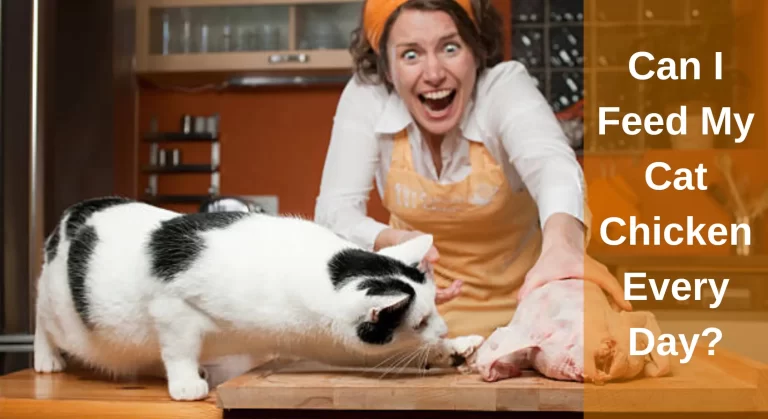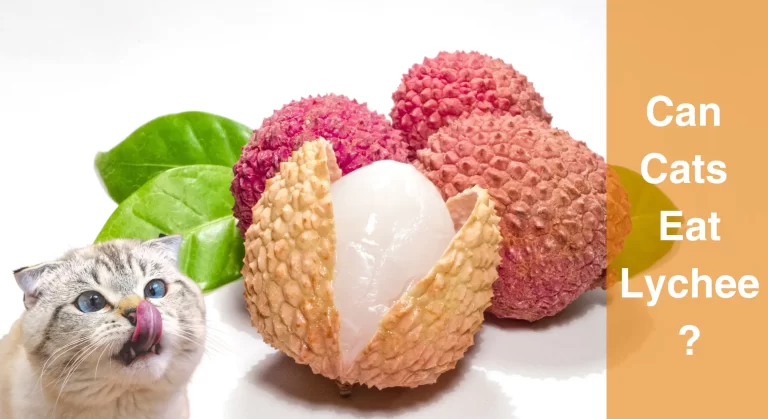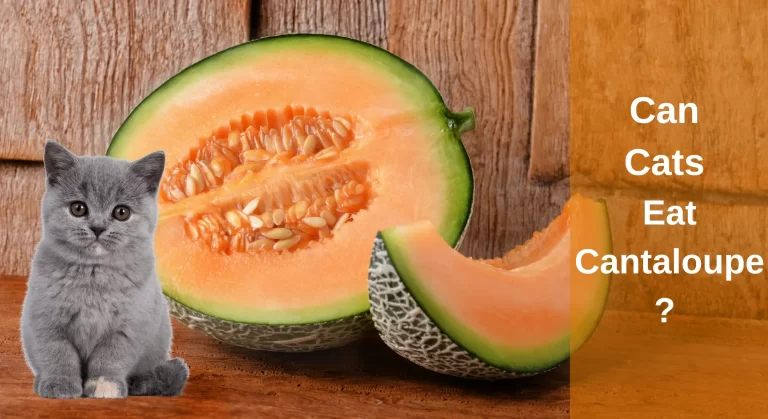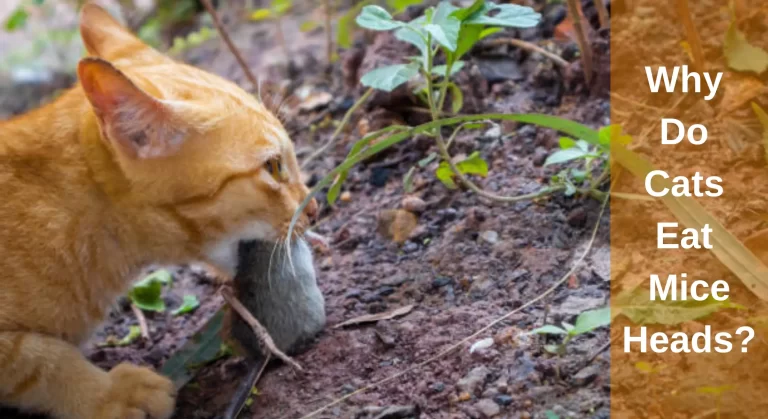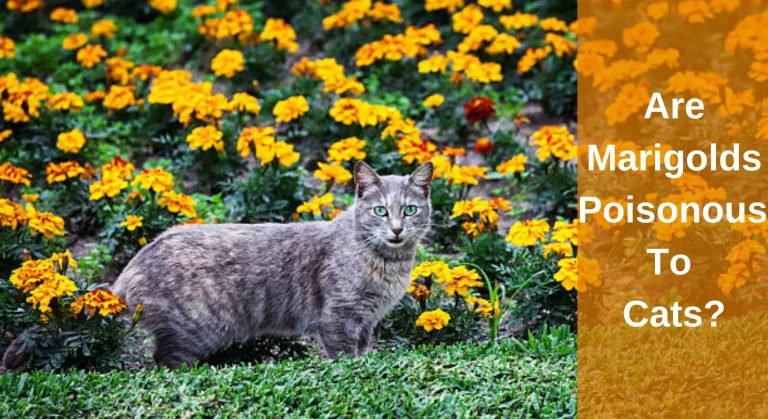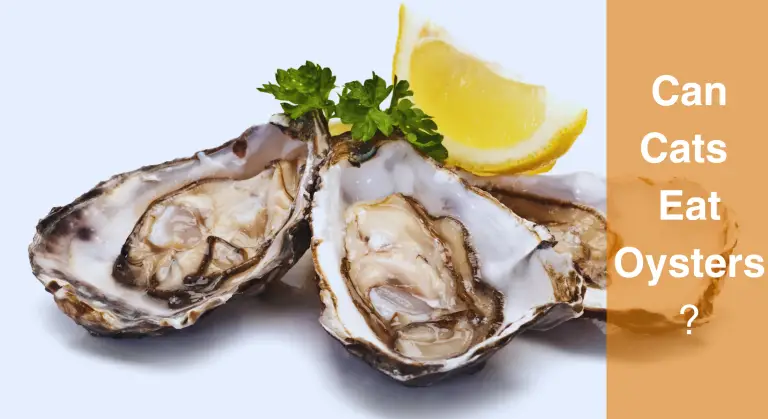My Cat Ate a Whole Bag of Treats: What Should I Do? [Answered]
If you have cats, you are aware of how much they like their goodies. Cats are willing to do anything to grab their claws on a nice feast. They scream, they purr. But what happens if your feline goes overboard and consumes the entire packet of treats at once?
Cats love treats because of their nutritional content, textures, and flavors. However, you mustn’t allow them to eat entire bags of treats and if they ate it, they’ll likely get nausea, vomiting, obesity, and other gastrointestinal issues. Moreover, treats are rich in calories, harmful ingredients, and fats that aren’t healthy for cats. Also, if the size of treats is larger, they may even cause choking risks.
I understand how aggravating this behavior might be for a cat owner, particularly if it’s your first experience with your cat. But do not fret. I’m here to assist! This article will discuss why your cat loves treats, the dangers of consuming treats too much, and what you should do when they consume the entire package of treats. Now sit down, chill, and let’s begin to explore!
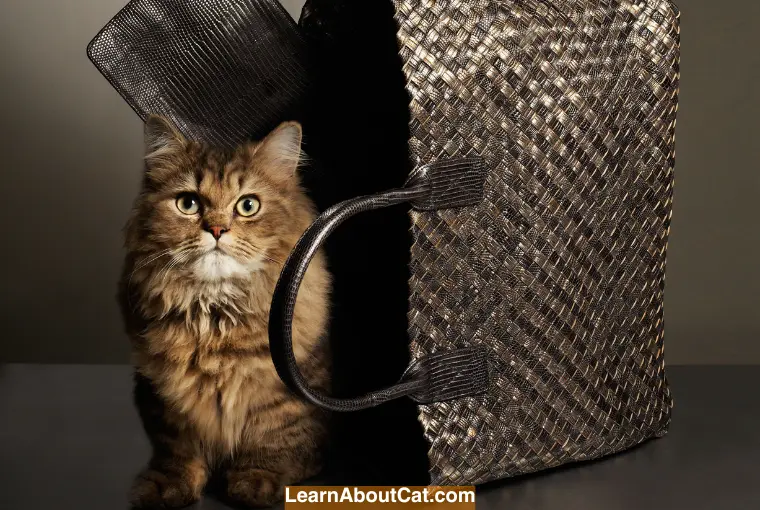
Why Do Cats Eat Whole Treats?
Cats love to eat whole treats as they like the smell and texture of fats and proteins. The richness of fats and amino acids most treats contain may appeal to them more than the sweetness. Moreover, as you know some treats like candy canes have a minty scent, and cats might attempt to devour them. Sometimes they can think a lollipop is a toy.
Furthermore, your cat can find it fun and relaxing to chew whole treats, and it might also support strong, healthy teeth. Also, the flavor enhancers present in treats make your cats addicted to them as they’ll keep your cat full all time and they won’t enjoy their regular meals.
Despite the fact that the treats are manufactured with natural materials, they do include additives and flavorings, which might lead to addiction in some felines. Although some sweets might not be good for all cats, it’s crucial to ensure that the sweets you provide your cat are secure and healthy for their nutritional needs.
Also, Check Out: Why My Cat Stopped Eating Dry Food But Eats Treats?
What Happens if My Cat Ate a Whole Bag of Treats?
Don’t let treats contribute to far more than 10% of your cat’s daily caloric intake; only 5% is preferable. Moreover, some treats have a protein content of 85%, which is far more than what is present in suitable cat food products.
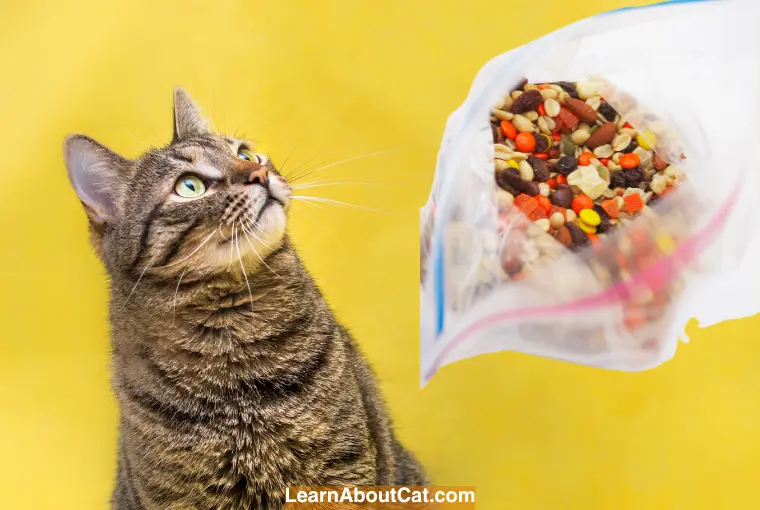
Treats typically contain a lot of calories, and increasing their intake can make your cat put on weight. Cats can become too full from snacks and refuse to eat their meals. As treats don’t include the entire nourishment your cat requires and cat food is intended to be a complete meal, this may have a detrimental effect on their nutritional status.
Your cat might be more susceptible to health issues including osteoarthritis, hypertension, breathing difficulties, diabetes, and other conditions when he begins to put on pounds because of consuming too many treats.
If your cat eats too many treats, she won’t be as hungry for her usual meal. This can cause her to become a “picky eater,” which makes it more difficult to use special meals when required in the future to cure an illness medically.
Becoming obsessed with treats is not only annoying, but it may also be harmful to your cat’s well-being. It’s critical to act to overcome this habit for the welfare of your cat.
Check Out: Do Cat Treats Expire?
The Dangers of Cats Eating Too Many Treats?
Treats aren’t meant to be a foundation of a cat’s nutrition; thus, they shouldn’t be consumed in big quantities. They aren’t healthy, and when ingested in high numbers, they may potentially have negative side effects. Your cat may experience severe health issues as a result of consuming too many treats.
After a lot of treats intake, your feline buddy may face the following issues:
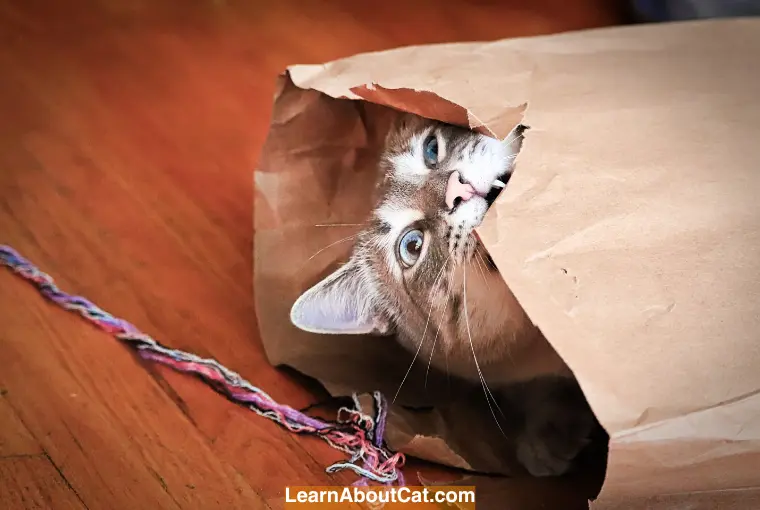
- Vomiting and Diarrhea: The first signs of trouble may include vomiting and diarrhea. Treats, especially when consumed in excess, can upset a cat’s stomach, leading to these uncomfortable symptoms. Keep an eye out for any changes in your cat’s bathroom habits and seek veterinary advice if necessary.
- Digestive Issues: Consuming the entire bag of sweets may result in discomfort and can result in an upset stomach, causing discomfort and potential digestive issues.
- Obesity: Overindulging in sweets can result in being overweight and other dangerous conditions including mellitus. That’s because desserts typically contain large amounts of unhealthy substances like sugar and fatty acids.
- Pancreatitis: Pancreatitis is inflammation of the pancreas and can be triggered by the consumption of fatty foods. Some treats may contain high levels of fat, and if your cat consumes a large quantity, it could put them at risk of developing this painful condition.
- Allergic Reactions: Some cats may have food allergies or sensitivities to certain ingredients present in treats. Eating a large amount of treats can expose them to a higher concentration of these allergens, potentially triggering an allergic reaction. Look out for signs such as excessive itching, swelling, or difficulty breathing.
- Poor-quality treats might contain hazardous substances like BHT and BHA in addition to becoming calorie-dense (chemical additives). Thus, eating a lot of treats can lead to severe health problems.
- Choking can result from eating treats too rapidly, particularly if they are large in size.
- Your cat may stop eating if it consumes a large number of treats or a whole package. Its nutrition will likely change and become unbalanced as a result of this.
As a result, we strongly advise keeping an eye out for any odd behaviors in your cat.
Interesting Reading: My Cat Ate a Feather: What Happens When a Cat Devours a Feather
Emergency Situations
In some cases, a cat consuming an entire bag of treats can lead to severe emergencies. It’s crucial to recognize these situations and act promptly.
If your cat shows any of the following symptoms, consider it a medical emergency and seek immediate veterinary assistance
- Difficulty breathing or choking
- Seizures
- Collapse or loss of consciousness
- Inability to stand or walk properly
- Pale gums
- Rapid heartbeat or irregular pulse
If you notice any of these symptoms, do not hesitate to contact your veterinarian or an emergency animal clinic. Time is of the essence in such situations, and immediate medical attention is vital for your cat’s well-being.
Look Into: My Cat Ate A Chocolate Chip: Will 1 Chocolate Chip Hurt a Cat
Ingesting the Plastic Bag of Treats
Cats may accidentally swallow plastic bags carrying treats for a lot of reasons, such as playing, excitement, or a simple accident. Cats are inherently curious creatures, so the noise or odor of a plastic bag may drive their interest. Cats may confuse plastic bags for treats, particularly if the bag smells strongly of treats or is covered with treats particles such as peppermint powder.
It’s crucial to remember that cats are more prone than other creatures to consume non-food stuff because they cannot differentiate between eatable and non-eatable objects like us.
So, if your feline accidentally or willingly ingests the treats’ plastic bag, it’ll be extremely harmful and perhaps fatal. A plastic bag has the potential to obstruct the cat’s gastrointestinal system, which could restrict the cat from passing feces and result in major health issues.
You should seek veterinarian attention right away if you think your cat may have swallowed a plastic bag. To identify the exact place and extent of the obstruction, your veterinarian could advise X-rays and other screening tests.
The plastic bag might occasionally naturally pass thru the cat’s gastrointestinal tract, but it might not always be the scenario. Surgery can be needed to get rid of the obstruction, based on the size and position of the obstruction.
It’s crucial to prevent your cat from eating plastic bags by throwing them away. Moreover, it’s a smart move to keep an eye on your cat when you gave them treats to ensure they won’t eat the packing or anything else that isn’t food.
Relevant Reading: My Cat Ate Plastic Wrapper: What Should I Do [Answered]
What Should You Do If Your Cat Ate a Whole Bag of Treats?
You must monitor your feline if it consumes the entire package of treats in the same sitting to determine whether it exhibits any weird behaviors. If you observe signs like nausea, diarrhea, drowsiness, or any other strange signs, consult a veterinarian. A veterinarian will examine your cat to see whether there are any underlying medical conditions.
In addition to an examination, your veterinarian could suggest a particular diet to stop this behavior from occurring again.
Also, Find Out: My Cat Ate Chocolate Muffin Wrapper: What Should I Do?
Why Do Cats Love Eating a Lot of Treats?
Some cats may acquire treat addictions and develop dietary choices. They can consume the whole bag at once! Several factors, such as the following, may contribute to cats’ addiction to treats:
- Treats are designed to be so delicious and alluring for cats that’s why they are likely to become your cat’s favorite food.
- Cats might become addicted to treats due to the ingredients they include, such as saltiness, flavorings, sweeteners, etc., just like humans might become obsessed with candies or certain types of food.
- Your cat may consume treats in bulk amounts as a result of anxiety, despair, laziness, and other similar emotions.
- Since the foods you feed your cat don’t fulfill its nutritional requirements to alleviate its appetite, it may overindulge in goodies.
You Might Like to Read: My Cat Ate My Garlic Bread: What Should I Do
How to Prevent Your Cat from Overeating Treats?
If your feline is overeating treats, you must take the following actions to prevent your feline:
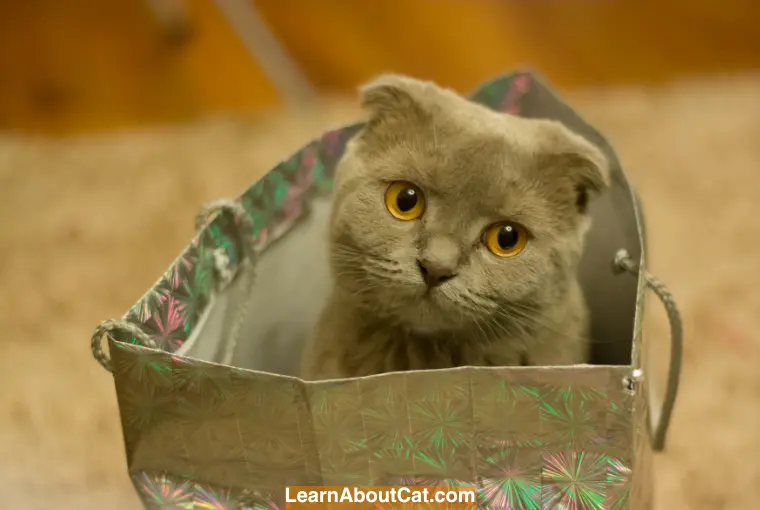
Rather Than Giving Your Cat Treats, Provide it With Healthful Food
Offer your cat tastier but healthier food options instead of as many treats. If your cat is starving, she won’t be given any other option but to accept food that is presented to her. Slowly limit your diet to only the healthiest options.
Your cat might sometimes stop eating; this will be a time-consuming process. Be strong and refuse to give her treats because this could encourage unhealthy eating habits.
Provide Your Cat With a Variety of Tinned Food
To prevent your cat from consuming too many treats, you might try giving her different brands of canned food to learn what she likes. Avoid feeding into her addiction to sweets because doing so could cause major health concerns like liver cirrhosis and digestive troubles. Give her a variety of packaged food and keep an eye on her.
To decide not to offer her treats, you must be tough but calm. Your cat will ultimately consume the food you give her because of starvation. See your veterinarian for advice if she refuses to eat in the future.
Find Out: How Long Does Canned Cat Food Last? All You Need To Know
Offer Your Cat Fresh Meals
If your cat is given fresh, warm food, she will be happy to consume it. Heated food has an alluring scent that whets a cat’s hunger. Be sure the meal bowl is oil- and dirt-free by cleaning it every day.
To reduce stomach discomfort, refrain from rapid product changes. Alternatively, you might try giving your cat’s meal a rich flavor by using chicken soup.
Place Treats Out of Your Cat’s Access
Keep in mind that treats are kept out of your cat’s reach by placing them higher enough, carefully covering them, or locking them away.
Change Your Feline’s Treats
Choose a treat with fewer calories that has a different flavor that your cat might not like. Moreover, you should switch to a treat that is made with natural ingredients such as baked chicken or fish. When given in moderation, these treats are beneficial for your cat as they can supply the nutrition it requires without packing on the excess calories.
You’ll also Need to Change the Way You Give Treats
Offer them fewer treats if you give them several times per day. Moreover, try to progressively cut back on how frequently you give goodies to your pet. Treats are great for reinforcing certain behaviors, such as taking medication, or as a once-daily ritual, but refrain from giving them frequently each day since this may stimulate your cat’s demanding behavior.
Use an Automatic Food Dispenser
If your cat finishes all of his meals and then waits several hours before eating again, he may have developed a dependence on treats to calm his appetite. Small, but regular meals aid in maintaining food in his tummy and suppressing his appetite. So, for this purpose, you can also use an automatic food dispenser that provides your cat food throughout the day once it’s filled.
Other Rewards for Your Cat Besides Treats
The following are the kinds of treats that are advantageous for cats:
- Treats for dental health that contains chlorophyll to maintain your cat’s gums healthily and help to minimize tartar
- Granules of dry tuna treats that are packed with protein and low in calories
- Treats for inflammation and joint are perfect for older cats that are susceptible to joint issues.
- Handmade sweets include dried yams, mashed banana chunks, and frozen chicken broth.
- Flesh in tiny chunks, such as roasted chicken or turkey. They must be stone size or smaller, and simple (without salt, seasonings, sauces, etc.). Once your cat begins to meow and sniff their snacks, you can see how excited they are. Offering your cat a chunk of chicken to eat is a wonderful way to get them involved in the festivities.
- A unique luxury treat from a nearby pet store.
- Cats are habitual animals and are well-versed in their preferences. On occasion, they’d prefer to continue receiving their favorite reward, perhaps if they get it daily. In this case, you must try something new for them as compared to regular treats such as fruits, sugar-free ice cream, cats’ cake, etc.
It’s a wonderful idea to share a small treat as a component of a nutritious diet. All of these solutions enable you to spend quality time with your cat while your cat comfortably relishes a tasty treat.
Also Read: Cat Ate Oxygen Absorber: The Dangers of Iron Oxygen Absorbers for Cats
Frequently Asked Questions
How much is too many treats for a cat?
It’s crucial to pay attention to portion size while giving treats to felines. Treats must never account for greater than 10% of your cat’s calorie consumption every day, according to the basic guideline. So, feeding them more than 2 treats regularly will be harmful to your cat.
Are cat treats addictive?
Yes, treats may lead cats to develop an addiction. They will desire as more as you offer them more. The reason behind their craving is that treats are made with special flavoring and colorful designs that may attract your cats. Moreover, the fatty content in treats may also entice your cat. If your cat is addicted to treats, you’ll observe them meowing and demanding more.
What are the safest treats for cats?
You must check that the treats you provide your cat are healthy before giving them. Treats with a lot of sugar or fat should be avoided by feeding your cat. Choose food made specifically for cats which includes freeze-dried chicken or fish nibbles.
And if you want to step it higher, making handmade cat treats out of organic, fresh ingredients is a fantastic choice. It’s enjoyable and guarantees that your felines receive treats of the best quality without containing any hazardous ingredients.
Can a cat overdose on treats?
While a single treat may not be harmful, consuming a large quantity of treats can have adverse effects on a cat’s health. It’s important to maintain moderation and follow the recommended serving sizes.
How long does it take for symptoms to appear after a cat eats too many treats?
Symptoms can vary, but they may appear within a few hours or up to a day after your cat has consumed too many treats.
Wrap Up
It’s crucial to limit treats so your feline doesn’t become dependent on them and start devouring the entire bag whenever it has the opportunity. Selecting healthy treats is an excellent way to keep your feline healthy and content. Stop them from consuming too many treats as it may cause severe health issues to them.
Even though some cats are fussy feeders, it can be concerning if they exclusively consume treats. Reduce the number of treats you give your cat and encourage it to eat balanced food by offering different brand varieties. Add chicken broth to foods before serving to improve flavor and scent. Treats shouldn’t be provided to cats and must account for roughly 10% of their daily caloric intake.
As we conclude, we’d enjoy hearing about your experiences controlling your cat’s treat consumption. Were these suggestions useful to you? Or maybe you choose an alternative option?
Related Posts:
- My Cat Ate a Dryer Sheet: What to Do Now
- Is It OK if My Cat Only Eats Dry Food? Pros And Cons of Kibble
- Cat Ate a Birth Control Pill What Should I Do?
- A Guide To How To Soften Dry Cat Food?
- My Cat Ate Spaghetti Sauce: Can Cats Eat Spaghetti Sauce
- Why You Should Never Store Cat Food in a Plastic Container
- Can I Leave Wet Cat Food Out Overnight?
- What To Do With Leftover Cat Food?
- Should I Leave Food Out For My Cat At Night?
- Can Cats Eat Goldfish Crackers?
- Can Cats Eat Biscuits?
Who is Isabella?
My name is Isabella, and I am a dedicated and knowledgeable cat enthusiast. With years of experience caring for cats and a deep love for felines, I made a mission to help other cat lovers navigate the challenges of cat ownership.

